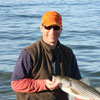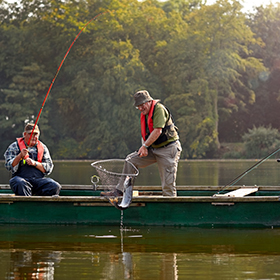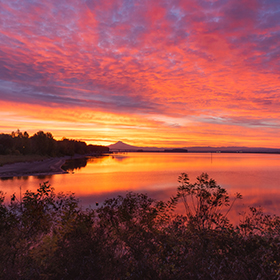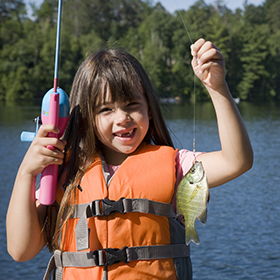What does ‘a stitch in time saves nine’ and ‘never put off until tomorrow what you can do today’ have in common?
What does ‘a stitch in time saves nine’ and ‘never put off until tomorrow what you can do today’ have in common? They’re words of wisdom that are best followed when putting up your boat for the winter.
I keep my boat on a trailer, so I first head to the harbor and tie her to a dock finger. I’ll head home where I perform a full inspection of my trailer. I’ll first check out the U-bolts that get rusted and weakened. I’ll replace them even if they don’t need it. If the lug nuts are really stuck then I’ll heat them with a blow torch and get ‘em off. When I replace them I’ll coat the thread with any of the anti-seize components that plumbers typically use. If any of the bunks need new fabric I’ll add it and if any of the rollers are seized up I’ll heat them with a blow torch, remove, and replace.
I’ll then move on to the tires. With repeated splashings followed by sitting in the parking lot in the hot, summer sun, I’ll fully inspect the treads and rims. I’ll look to see if there are any dings in the rim that might create a leak in the seal, and I’ll repair/replace as necessary. I change my trailer tires more often than average, and that’s because I like to avoid changing a flat tire on the side of the highway. And since I use anti-seize material on the threads, the lugs are relatively easy to get off.
I’ll check the leaf springs to make sure they are in good shape. They take a lot of abuse from being immersed in the saltwater, dried in the sun, and then pounded by each pothole, so if they are splitting or have chipped too much I’ll put on new springs.
If my lights are in good shape I’ll just clean and lubricate the connector ports (male and female). I clean them with a wire brush to remove the oxidization and then spray them with corrosion protection. I’ll repeat the process in the spring and will be good to go. While I’m working on my trailer I’ll also clean out connector on my truck, too. If they are not fully functional I’ll replace the side that is dark.

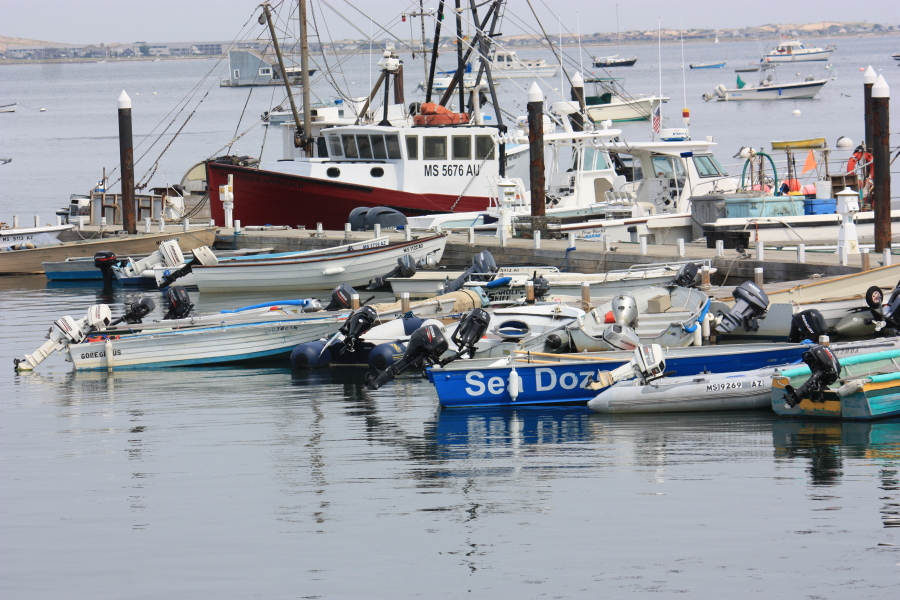
When all is said and done, I’ll head to the harbor, haul my boat, and return to my yard. My final approach is to prevent flat spots by jacking up the boat and trailer and setting blocks under the axle. These preventative measures take a little bit of time, but since I do them in the fall they make my spring launch a breeze. And after a long, quiet winter, that’s when I can’t wait to go.

